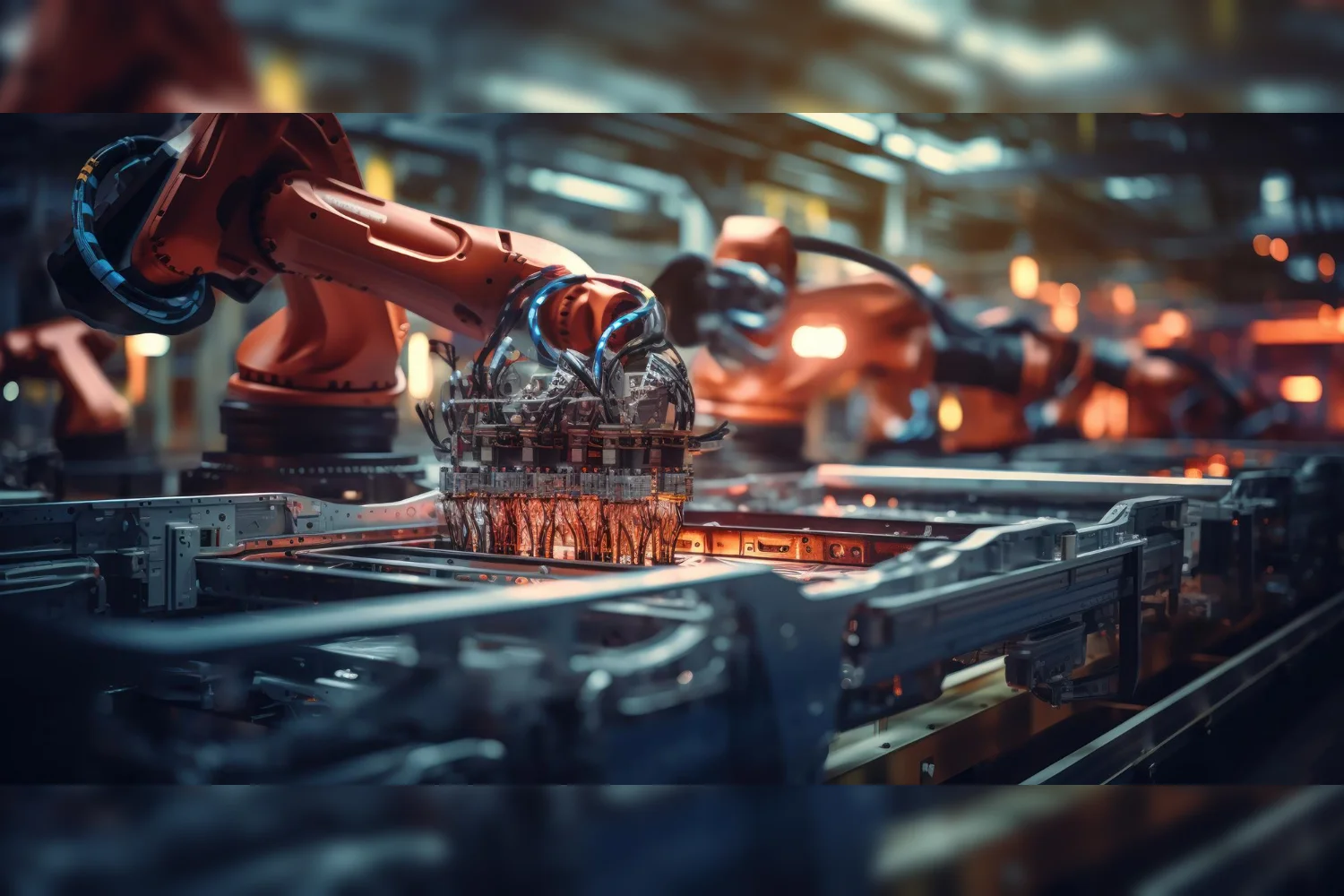Revolutionizing Manufacturing: The Future of Automated Assembly Systems

In the rapidly evolving landscape of manufacturing, automated assembly systems stand at the forefront of innovation, driving efficiency, precision, and scalability in production processes. This comprehensive overview delves into the latest developments in automated assembly technologies, highlighting their impact on the industry and outlining future trends that could redefine manufacturing dynamics.
Emerging Technologies in Automated Assembly
The advent of cutting-edge technologies such as artificial intelligence (AI), machine learning (ML), and advanced robotics has significantly enhanced the capabilities of automated assembly systems. AI and ML algorithms are now capable of optimizing assembly line operations in real-time, reducing downtime and improving product quality. Meanwhile, robotic systems have become more adept at handling a variety of tasks with greater precision and flexibility, from intricate component placement to complex assembly processes.
Integration of IoT and Smart Manufacturing
The integration of the Internet of Things (IoT) with automated assembly systems heralds a new era of smart manufacturing. IoT-enabled devices collect and analyze data from various points in the assembly line, offering insights into efficiency, maintenance needs, and production bottlenecks. This real-time data analysis facilitates predictive maintenance, minimizes waste, and ensures continuous improvement in manufacturing processes.
Sustainability and Eco-friendly Solutions
Sustainability has become a key consideration in the development of automated assembly systems. Innovations are increasingly focused on reducing energy consumption, minimizing waste, and using eco-friendly materials. Automated systems are being designed to optimize resource use and incorporate recycling processes within the assembly line, contributing to more sustainable manufacturing practices. The future of automated assembly systems is bright, with ongoing advancements poised to revolutionize manufacturing. By embracing new technologies, integrating smart manufacturing practices, and prioritizing sustainability, businesses can stay competitive in a rapidly changing industrial landscape.








